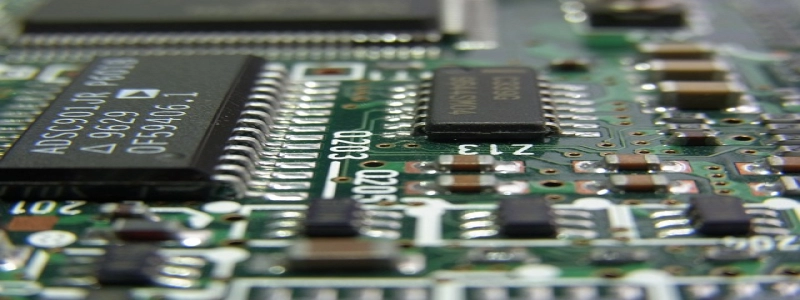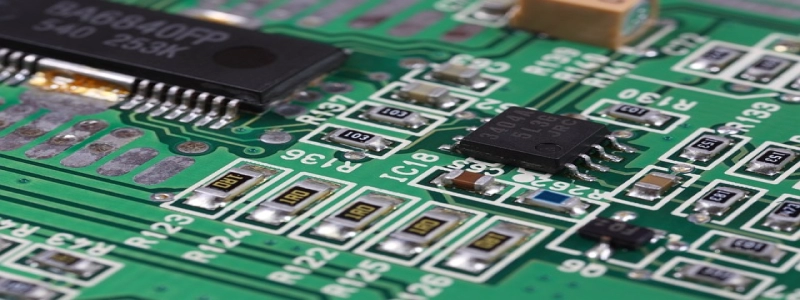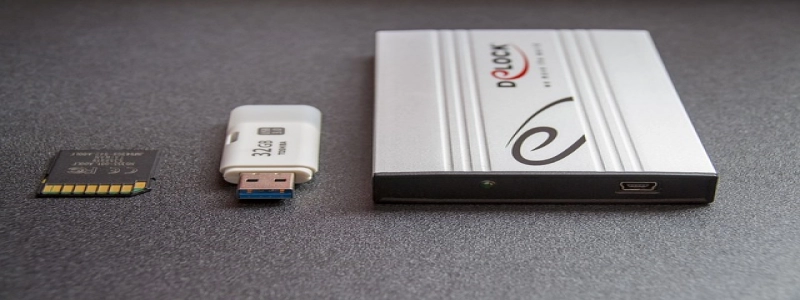Serial Port over Ethernet
Introduction:
Serial Port over Ethernet is a technology that allows users to access and control serial devices over a local area network (LAN) or the internet. This article will provide a detailed explanation of how Serial Port over Ethernet works and its benefits.
1. What is Serial Port over Ethernet?
Serial Port over Ethernet, also known as Serial over Ethernet (SoE), is a method of extending the functionality of serial ports over an IP network. It enables users to connect to and interact with serial devices remotely as if they were directly connected to their local machines.
2. How does Serial Port over Ethernet work?
2.1 Client-Server Architecture:
Serial Port over Ethernet operates using a client-server architecture. The server-side software runs on a computer that has physical access to the serial device. The client-side software runs on the user’s local machine, allowing them to connect to the server and access the serial port.
2.2 Virtual Serial Port Emulation:
Serial Port over Ethernet creates virtual serial ports on both the client and server ends. These virtual ports are linked together and function as if they were connected by a physical cable. Data sent to one virtual port is transmitted to the other, enabling communication between the client and server devices.
2.3 Encapsulation and Transmission:
The data from the virtual serial port on the server-side is encapsulated into TCP/IP packets and transmitted over the network. On the client-side, the packets are received and unpacked, then redirected to the virtual serial port. This process allows seamless communication between the two ends.
3. Benefits of Serial Port over Ethernet:
3.1 Remote Access:
Serial Port over Ethernet enables remote access to serial devices, eliminating the need for physical proximity. This is particularly useful for devices located in inaccessible or remote locations.
3.2 Virtualization and Centralization:
By centralizing serial devices, Serial Port over Ethernet allows multiple users to access them simultaneously. It also enables the virtualization of physical serial ports, allowing legacy software designed to work with serial devices to run on modern computers without physical serial ports.
3.3 Scalability and Flexibility:
Serial Port over Ethernet supports multiple connections, enabling many users to access a serial device simultaneously. It also allows the flexibility of connecting serial devices to any network-enabled computer, eliminating the need for dedicated hardware or lengthy cabling.
3.4 Security:
Serial Port over Ethernet provides encryption and authentication mechanisms to ensure secure communication between the client and server devices. This ensures that data transmitted over the network remains confidential and protected from unauthorized access.
Conclusion:
Serial Port over Ethernet is a powerful technology that allows users to extend the functionality of serial ports over an IP network. With its ability to provide remote access, virtualization, scalability, and security, it offers numerous benefits for various applications. Whether it’s remote monitoring of industrial equipment or accessing legacy serial devices, Serial Port over Ethernet simplifies the process and enhances efficiency.








